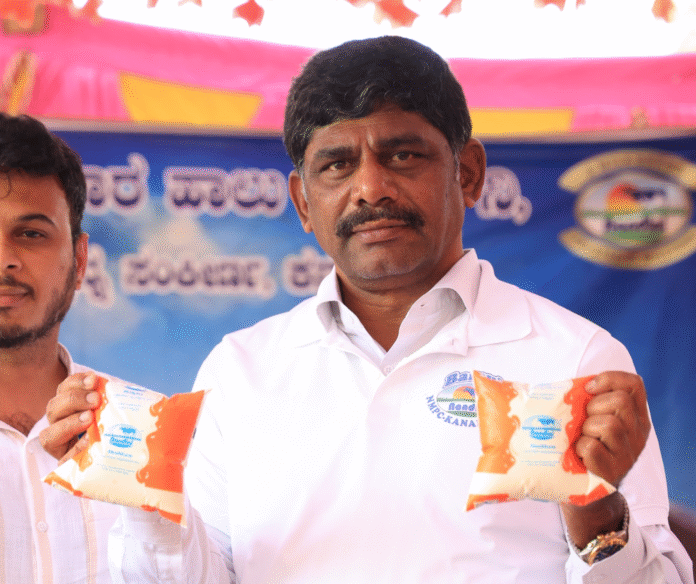In a move toward environmental sustainability, the Bangalore Urban, Rural and Ramanagara District Co-Operative Milk Producers’ Societies’ Union Ltd (BAMUL), has launched of India’s first biodegradable milk pouches under its Nandini brand.
Made from corn starch, these pouches are claimed to be a responsible alternative to traditional plastic packaging, which has been in the line of fire over environmental pollution. Unlike conventional plastic that can take centuries to decompose, these corn-starch pouches are claimed to break down naturally within approximately six months. The pouches also closely mimic the look and feel of standard plastic.
A pilot program for this project was launched on World Environment Day 2025 at the Kanakapura Mega Dairy. In this trial, 200,000 biodegradable milk and curd covers were distributed daily in varying sizes, with early feedback indicating high consumer satisfaction and no reported quality issues.
Despite being slightly more expensive—around 5% more than traditional options—BAMUL says it remains committed to expanding this sustainable initiative across all Nandini operations in Karnataka.
This decision comes in light of Bengaluru’s staggering plastic waste problem, where 2-2.5 million plastic milk packets are used daily. By embracing sustainable practices, BAMUL says it hopes to inspire other dairy cooperatives and private producers to follow suit, media reports said.
“We launched India’s first biodegradable milk packets made from corn starch as a pilot project in Kanakapura on World Environment Day. Today, I’m happy to see this sustainable initiative by @nandinikmf & #BAMUL gaining momentum across the state… With Bengaluru using nearly 25 lakh plastic milk packets daily, this is a game changer for our environment,” DK Suresh, president BAMUL tweeted.
Though the company has claimed it degrades in six months, experts argue it would not be possible to decompose this material in a natural condition.
Also while cornstarch pouches offer environmental benefits like biodegradability, they also have several disadvantages.
These include higher production costs, potential resource competition with food production, limited composting infrastructure, and functional limitations compared to traditional plastics. As such it remains to be seen if Nandini’s experiment is successful or it is forced to go back to plastic.











